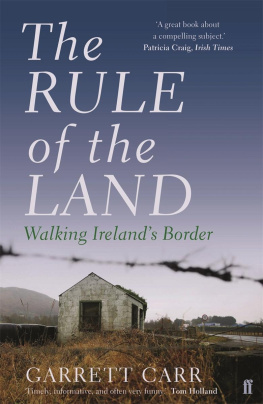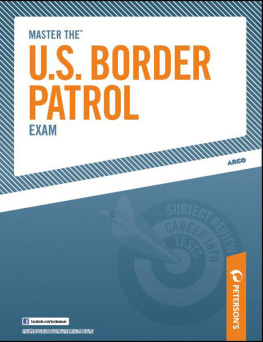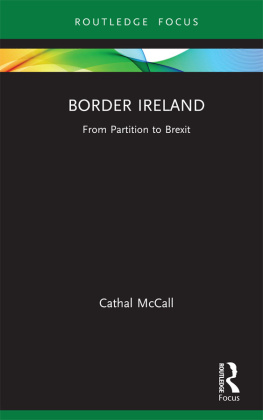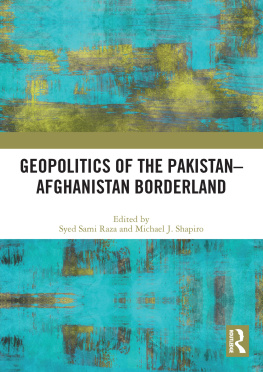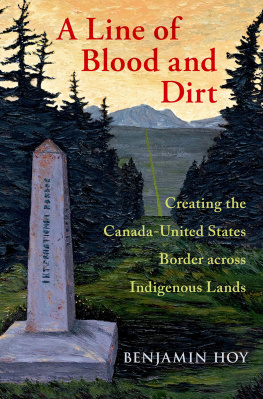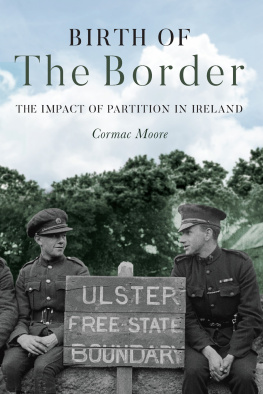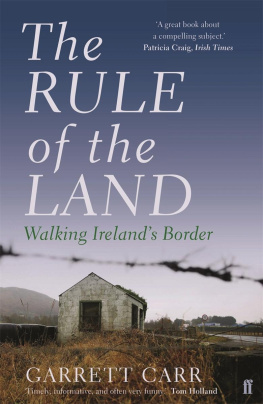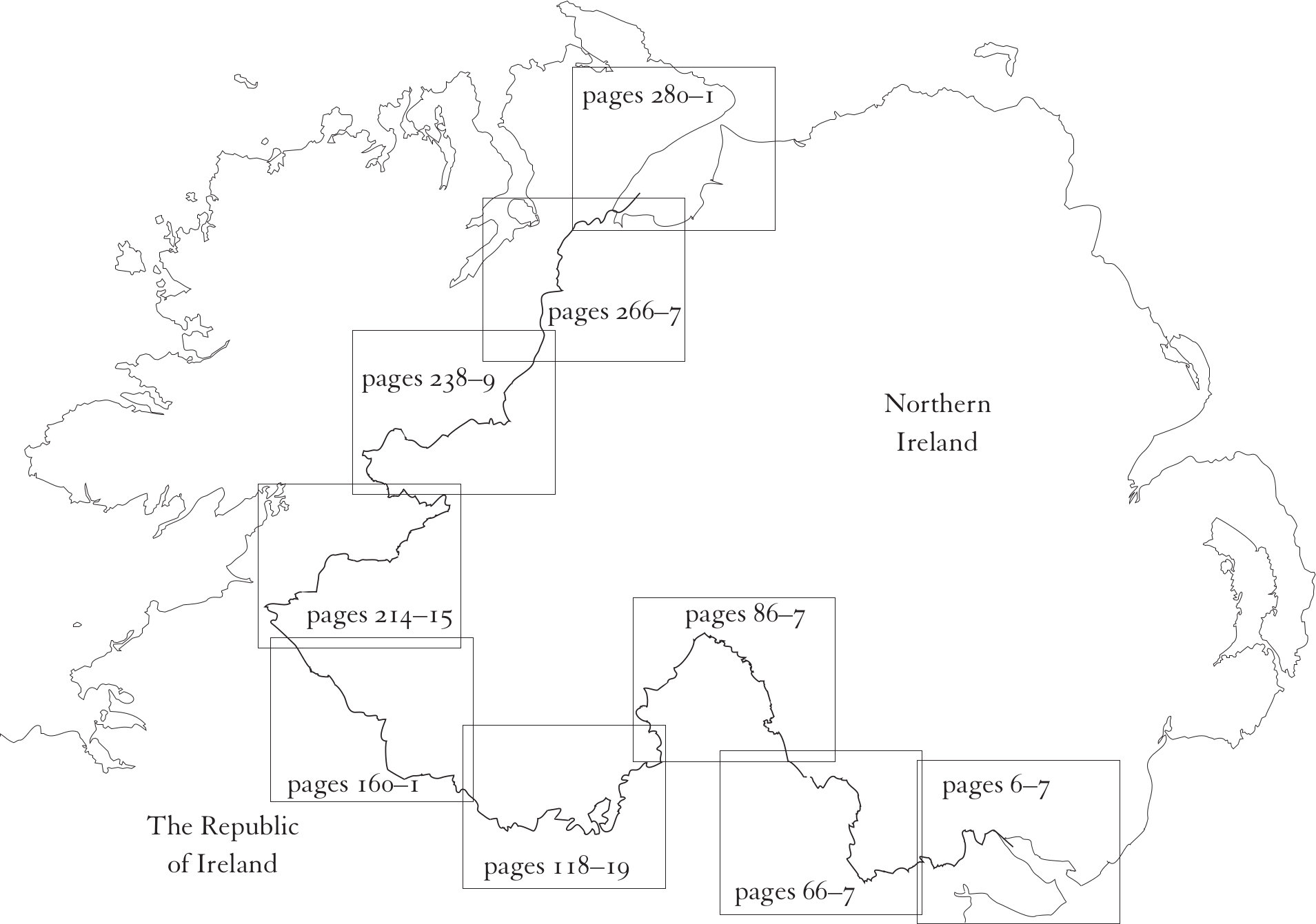
Further praise for The Rule of the Land:
Garrett Carr powerfully captures the often desolate beauty of the border landscape in language that is robust, yet lyrical. David Park
Reminiscent of Tim Robinsons response to landscape and what dwells within. Sunday Times
Reveals that the border is not just a line between Northern Ireland and the Republic, but has a character of its own, populated by frontier people. An exceptional read. Sunday Independent
Carr illuminates some of the borders legacies, taking in castles, forts, prisons, prehistoric tombs, crannogs, high crosses, tracks of St Patrick, caves, bridges, old customs huts, manor houses, farms, drumlins, protest points, addiction rehab centres, Orange Halls, Paddys Parades, temperance ballrooms, memorials, pilgrimage routes, walls, towers, smugglers locations and even the bogs where the IRA buried execution victims He surely, rightly maintains a politically neutral position on his journey, although he is, like many people, apprehensive about what Brexit will bring to the Irish border and astonished that this issue was so little discussed during the EU referendum campaign. Mary Kenny, Literary Review
Goes well beyond the obvious North/South, Protestant/Catholic dualities. Estates are paired with bungalows; landlords with tenants; soldiers with civilians. This is a poignant, funny, memorable read, layered with ideas. Nicholas Crane
As definitive an account of the line as you will ever read. The author doesnt just walk the border; he rows it, climbs it, clambers over it and, at moments, wades waist-deep through it. Glenn Patterson, Guardian
For Caroline, for everything
| page 7 | page 7 | page 7 |
| page 19 | page 1 | page 15 |
| page 9 | page 7 | page 1 |
Directly on the borderline, where it crosses the first major northsouth road, stands a childs drawing of a house made real. Four walls, one doorway, two windows and a roof, it could hardly be a simpler structure. No door and nothing inside but a single small room. Housemartins have made mud nests in the rafters. I step in, look out of the windows and then step out. There is nothing else to do.
Only a few feet from the doorway an articulated truck trundles by, raising dust and making the roadside litter dance. Every minute or so another truck goes by, straight over the border. I am standing between Irelands north and south, a place now set to become the European Unions in and out. This tiny house is the only structure here. There are no immigration checkpoints to delay the drivers, at least not yet.
Once a grocery shop stood on this spot but it was burned down in an arson attack. The owners did not rebuild the shop but they knew that leaving the site vacant would mean reapplying for planning permission if they ever did want to construct something here again. So this was quickly put up, a placeholder, just enough to ensure a building lineage is maintained on the site. This is a structure with no purpose other than to simply be.
In 2000 an artist called John Byrne borrowed this building. What he did with it was the manifestation of an idea born on the fly, in the middle of delivering a standup comedy routine. Suppose, John wondered aloud, we actually encouraged people to visit Irelands border? People go to see stranger things tombs, bridges, old walls. Couldnt the border be a tourist attraction? John Byrne had an idea: put an interpretive centre on it. A proper tourist attraction always has one of those.
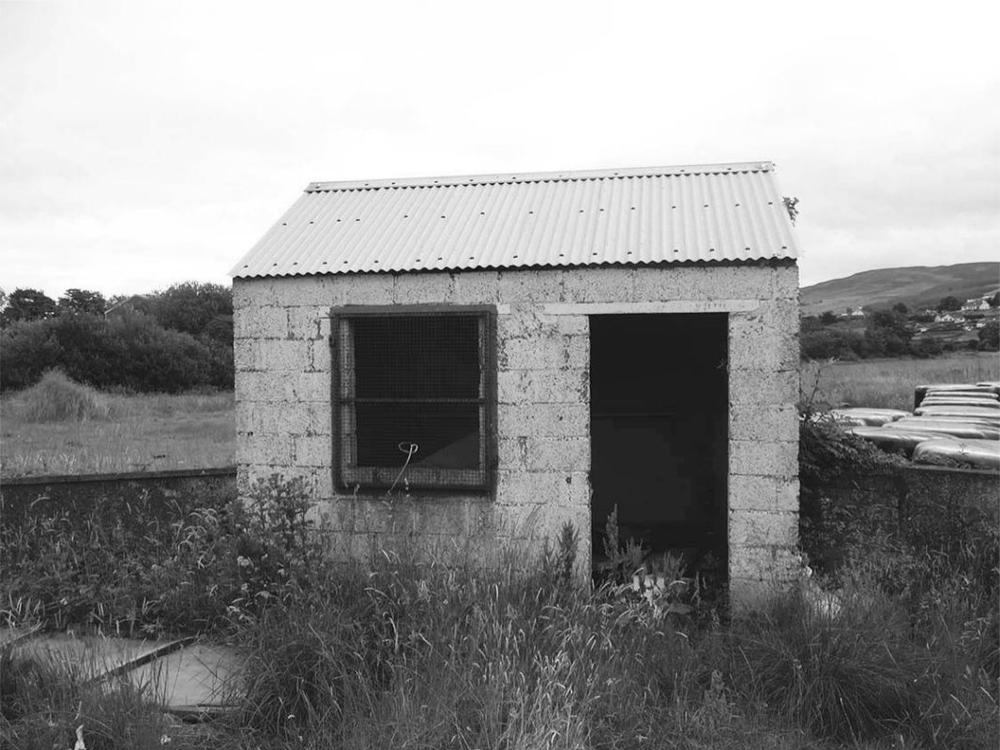
No one else was going to do it, so Byrne did. He set up and staffed the Interpretive Centre himself. It was an information bureau and shop. You could buy T-shirts and badges saying Good Luck from the Border. Byrne sold postcards featuring photographs of military forts. But these were not the ruins of Norman or Elizabethan castles normally found on postcards, their bloody aspects now safely historicised. Byrnes postcards featured modern military watchtowers, installations built by the British army in response to a terrorist threat on the borderland, a threat that was still on going. This zone was militarised at the time. The watchtowers were still staffed and operational, steel structures bristling with cameras, aerials and spotlights. From anywhere along this stretch of the border, the eastern end, you could see at least one of them. And its cameras could see you, watch you cross the border, read your cars number plate.
The border was a troubled place when Byrne opened the Border Interpretive Centre, and had been contested for all its existence. The borderland itself is thinly populated, often tranquil, but the twisty line that divides the island on the map is a symbol that divides opinion. The line on the map offers no space to meet so it was smart of John Byrne to make room here on the ground. The Border Interpretive Centre stood directly on the borderline, proving it was not just a symbol, it was also a patch of earth, a living place where things happened. A busload of people came to the official opening of the Border Interpretive Centre. They stood around, remarking on the weirdness of what they were doing. Rather than driving over the line they had stopped to look at it, to take it in. They were pioneers of a sort, they were visiting the border. They could take some home with them; sods of border soil were for sale in ziplock bags. A Northern Irish comedian gave a speech at the event. He noted that although Irelands border was small, and despite having viewed many other borders, he still felt it to be the best, something that unites the whole country. I meet John Byrne long after his time on the border. I walk up to him in a Belfast bar, introduce myself, and we get chatting about the Border Interpretive Centre. The pub is overcrowded and I suggest we go out with the other drinkers who have flowed out into an alley but John refuses as that would mean drinking from plastic cups instead of proper pint glasses. I like this commitment to doing things correctly. John says he was a border worrier not meaning he actually fretted about it, but that he couldnt leave it alone. He felt compelled to poke at the border, get under it or look at it from original angles.
I too, I realise, am a border worrier, and Im glad to meet another. I tell Byrne my plan. I am about to begin a long walk, travelling Irelands border from end to end. I want to see the entire line, following it no matter where it brings me. Some of the border is water, so Ill have to borrow a boat occasionally. Most travellers are only on the border for the blink of an eye; it is something to go over on the way to a destination in the north or south. But the border itself is my destination and I will follow it east to west, come what may.
Will you record it? he asks.
Yes, I say, Im going to make a map of it.
John goes on to tell me about an idea of his own. Do you know, on TV nature documentaries, the landscape fly-over footage that they use, if theyve got the budget?
I know the sort of thing, and can imagine its expensive to capture. Headlands, peaks or savannah seen from above in smooth tracking shots, filmed with a Steadicam slung under a helicopter.

